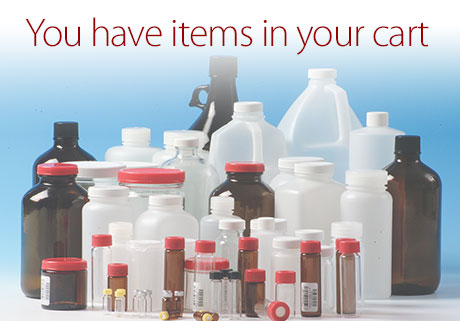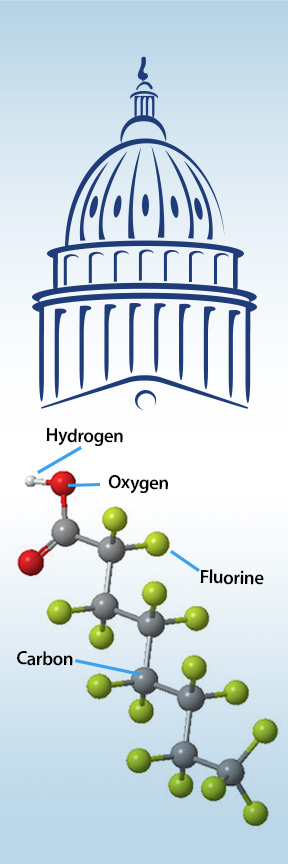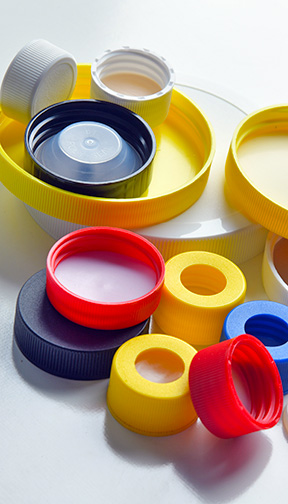 Summer • 2021 Summer • 2021 |
In this Issue: |
|
|
US House passes PFAS Action Act of 2021 The US House of Representatives has passed the PFAS Action Act, which directs the EPA to quickly reduce and remediate the chemicals known as PFAS. The bill pased on July 21 with a bipartisan vote of 241-183, and now awaits action in the US Senate. The Act would create a national drinking water standard for select PFAS chemicals, designate PFAS as hazardous substances, limit industrial discharges and provide $200 million annually to assist water utilities and wastewater treatment facilities.
The PFAS Action Act would:
In January 2020, the House passed an earlier version of the PFAS Action Act but the bill was blocked in the Senate. Apart from the doubling of the annual grant to water utilities, the 2021 bill is nearly identical to the prior legislation. A much smaller bill, the PFAS Act, is currently making its way through the Senate. That bill focuses on developing guidance for first responders like fire fighters regarding potential exposure to PFAS. EPA is already in the process of completing some of these items under its PFAS Action Plan, and the new legislation would establish statutory deadlines to complete this work. Given the work already being undertaken by the EPA, much of the bill’s practical effect is not necessarily to force the EPA’s hand. Because many of the deadlines in the legislation would occur before January 2025, the bill would lock in the proposed changes to mitigate regulatory whiplash should the 2024 election result in a change in leadership. The legislation is emblematic of a sea change in PFAS regulation at the federal level, and a likely harbinger of significant litigation and enforcement activity in the years to come. Sources: |
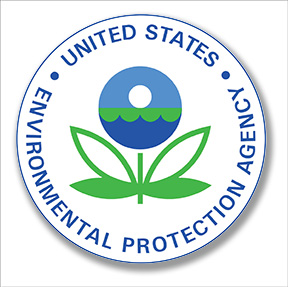 |
EPA Adds PFAS to Drinking Water Database The U.S. Environmental Protection Agency’s (EPA) has updated its Drinking Water Treatability Database with new references and treatment options for per- and polyfluoroalkyl substances (PFAS). With this update, EPA added treatment information for eleven PFAS compounds, bringing the total number of PFAS with treatment information in the database to 37, including PFOA and PFOS. Researchers have also added 38 new scientific references to the existing PFAS entries, which increases the depth of scientific knowledge available in the database. The PFAS added to the Database are:
The Drinking Water Treatability Database presents an overview of different contaminants and possible treatment processes to remove them from drinking water. This update will help states, local governments, and utilities make informed decisions to manage PFAS in their communities. For more information/accces to EPA’s Drinking Water Treatability Database: https://www.epa.gov/water-research/drinking-water-treatability-database-tdb To learn more about EPA’s PFAS research: https://www.epa.gov/chemical-research/research-and-polyfluoroalkyl-substances-pfas Source: US EPA news release https://www.epa.gov/newsreleases/epa-adds-new-pfas-its-drinking-water-treatability-database-0 |
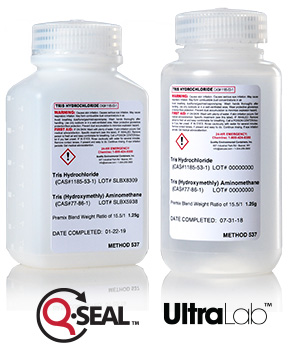 |
QEC containers best choice for PFAS sampling Whether sampling under EPA methods 537.1 or 533, or the one of the several alternative methods in use today, QEC has the right container and the right preparation for your PFAS sampling requirements. Q-Seal™and UltraLab™ containers are trusted by labs everywhere for reliable performance in the field and in the laboratory. QEC’s expert technicians will prepare your preservatives and your containers to exact specifications. EPA Methods 533 and 537.1: Alternative Methods (using HDPE): Please contact our customer service team for more information on how QEC can support your PFAS sampling program. |
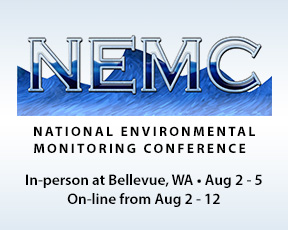 |
QEC attends NEMC Symposium QEC is attending the National Environmental Monitoring Conference, exhibiting at both the live event in Bellevue, Washington (Aug 2-5) and at the online event Aug 2-12. We will be at Table Six at the live event. Please stop by for a demonstration of our Q-Seal™ and UltraLab™ leakproof containers. Upcoming events:
|
|
|
Solving the plastic shortage with a new catalyst In a year of battered manufacturing supply chains, a shortage of plastics, particularly polypropylene, is complicating the lives of manufacturers and suppliers of lab equipment and accessories. A new chemical catalyst developed at the University of Michigan could enable the production of more propylene, the feedstock used to make the plastic polypropylene -- 8 million tons of it each year. The new catalyst, which can make propylene from natural gas, is at least 10 times more efficient than current commercial catalysts. And it lasts 10 times longer before needing regeneration. It is made of platinum and tin nanoparticles that are supported by a framework of silica. Propylene has traditionally been produced at oil refineries in massive steam crackers that break down petroleum feedstock into lighter hydrocarbon molecules. But cracking shale gas to produce propylene has been inefficient. The new catalyst can efficiently produce propylene -- a molecule with three carbon atoms and six hydrogens -- from propane, which has two additional hydrogens. It uses a process called non-oxidative dehydrogenation. One of the reasons current catalysts are inefficient is that they require adding hydrogen to the process. This approach does not. The key innovation of the new catalyst is how it uses silica as a support structure for the platinum and tin nanoparticles, rather than the alumina that's used in current catalysts. Alumina reacts with tin, causing it to separate from the platinum and break the catalyst down. Because the new catalyst holds off this reaction, it has a longer life. A key to commercialization will be finding a way to regenerate the catalyst after it becomes fouled by carbon. Even though current catalysts are short-lived, Linic says, the chemical industry has developed an intricate system that can regenerate the fouled catalyst quickly and efficiently. A similar system will need to be developed for the new catalyst. Source: Science Daily https://www.sciencedaily.com/releases/2021/07/210708143853.htm © 2021 | Quality Environmental Containers, Inc. |
